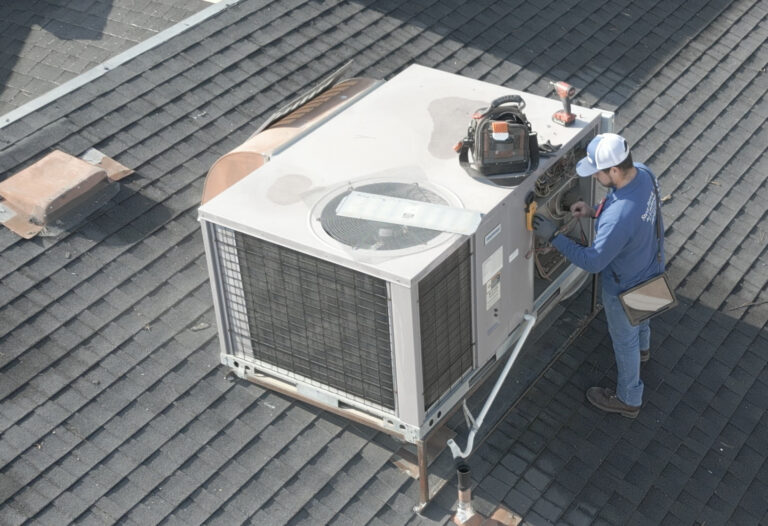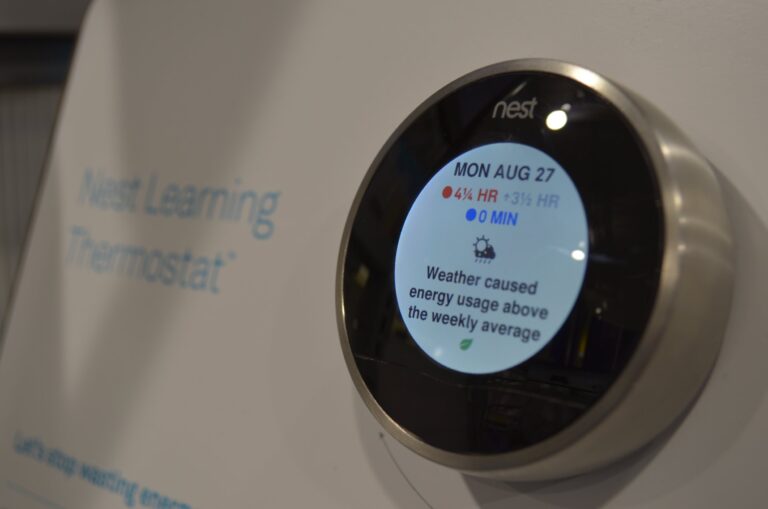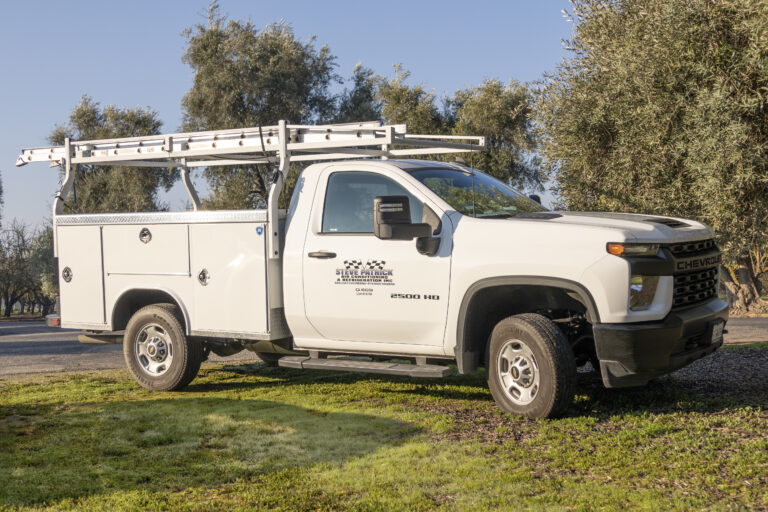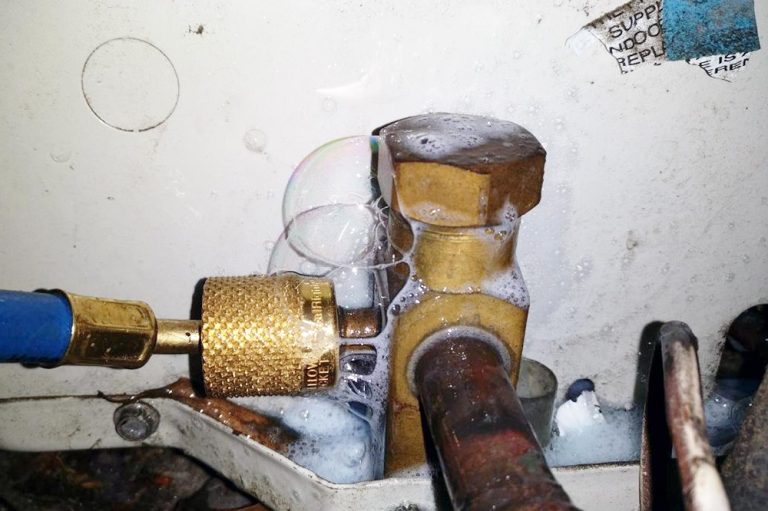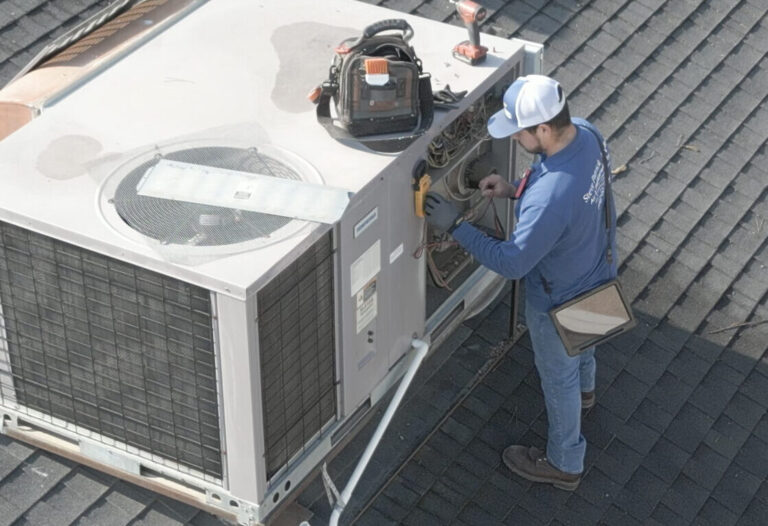Are you in the market for new windows for your home or business? With so many options available, it can be challenging to know which windows are the most energy-efficient. Fortunately, understanding energy-efficient window labels can help you choose the best windows for your needs. In this guide, we’ll break down what to look for in energy-efficient window labels and how they can benefit you in the long run.
Look for Energy Star Labels
Opting for energy-efficient windows is a valuable investment for your home or business. The first step is to check for an Energy Star label, which ensures the window meets or exceeds energy efficiency standards set by the Environmental Protection Agency (EPA). Although not all energy-efficient windows carry this label, their efficiency can still be high.
Check the U-Factor
The U-factor is an important consideration when choosing energy-efficient windows, as it measures heat transfer. The lower the U-factor, the better the window’s insulation value. Lower U-factors help minimize energy loss and maintain a comfortable temperature throughout the year, making them ideal for both homes and businesses. Understanding the U-factor can assist you in selecting windows that offer optimal energy savings.
Consider Solar Heat Gain Coefficient (SHGC)
Another critical factor is the Solar Heat Gain Coefficient (SHGC). SHGC measures the amount of solar heat transmitted through the window. In warmer climates, a lower SHGC reduces solar heat gain, keeping indoor spaces cooler. In colder climates, a higher SHGC can be beneficial, as it increases passive solar heat gain, reducing the need for heating. Choosing the right SHGC based on your climate helps optimize energy efficiency.
Visible Transmittance (VT)
Visible Transmittance (VT) is also an important metric to consider. It measures how much natural daylight passes through the window. Higher VT values improve natural lighting, which can help reduce the need for artificial lighting and lower energy consumption. Selecting windows with the right VT allows for a well-lit and energy-efficient space, making your home or business more comfortable and environmentally friendly.
Finally, look for the Air Leakage rating on the label, which estimates how much air can escape or enter through cracks in the window. The lower the rating, the less air that can escape or enter through the window.
In conclusion, understanding energy-efficient window labels can help you make educated decisions when shopping for windows, and the benefits of doing so are numerous. Energy-efficient windows can lower your energy bills, increase your comfort, and reduce your environmental impact. When shopping for energy-efficient windows, look for energy star labels, low U-factors, low SHGC ratings, high VT ratings and low Air Leakage ratings. With this knowledge, you can make informed decisions that will save you money and help protect our planet.
Follow us on Facebook!
Learn about financing here!

